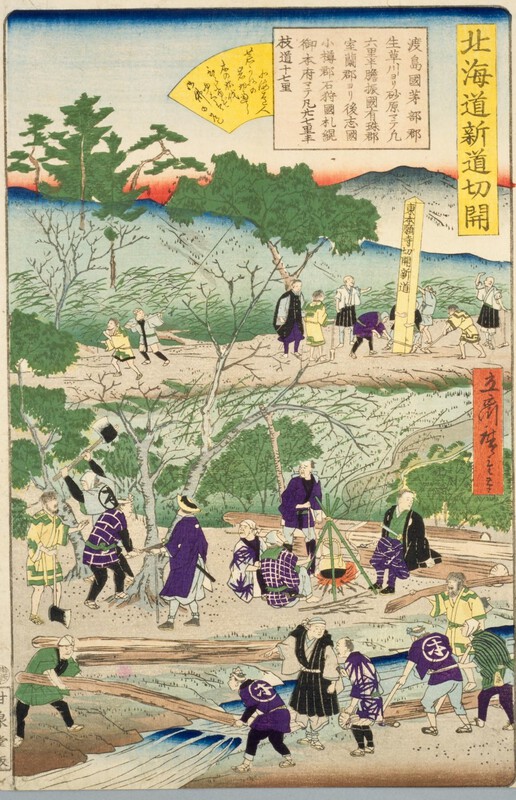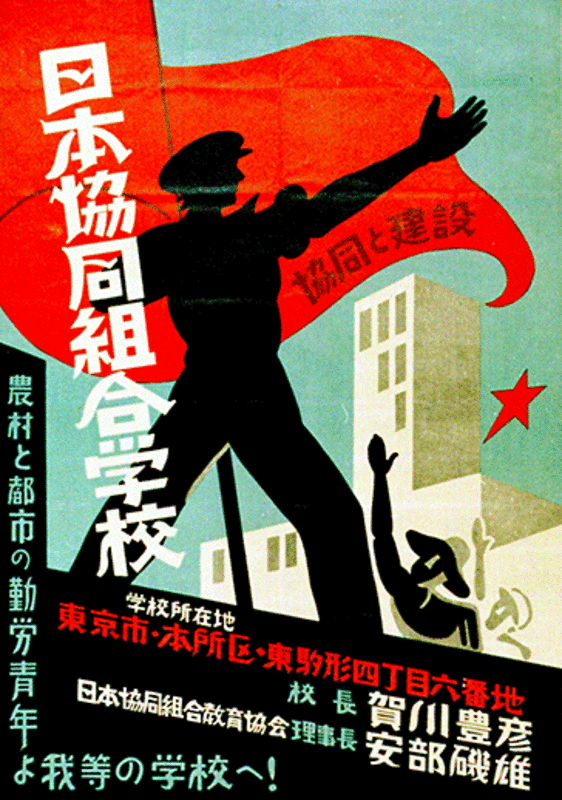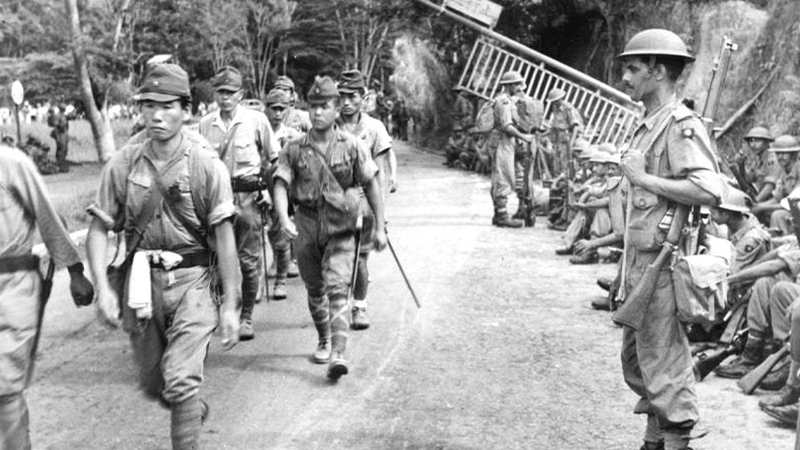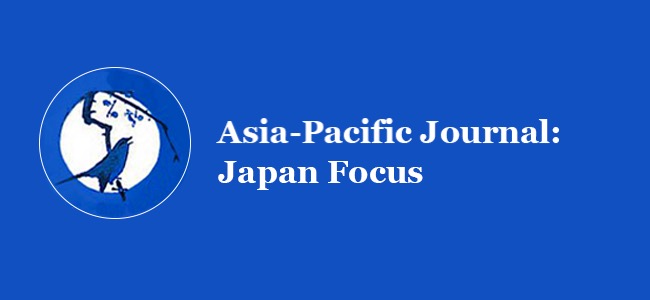[Ed. Note: This article is part of a collection of essays entitled “Critical Reflections on the 80th Anniversary of the End of World War II” published in August 2025.]
Keywords: Singapore, memory, public history, heritage, World War II
As Asian countries commemorate the 80th anniversary of the end of the Second World War, they do so in the context of significant generational and geopolitical shifts. The social, cultural, and economic bases for what Jay Winter called the ‘generation of memory’ are being transformed by new currents in globalization, widening inequality, and conflicts both active and looming.1 The moment is fraught with danger – for instance, of declining historical literacy among various national publics. But there are also new opportunities for historians to understand emerging trends in public history and memory and contribute productively to public discourses.
Among Southeast Asian societies, Singapore has been one of the most active in centering Japanese-inflicted suffering within its national narrative.2 After a period of “benign neglect” of war memory following independence in 1965, the state began to actively encourage commemoration from the early 1990s, aiming to bolster national identity in citizens.3 Within this state-promoted narrative, Imperial Japan is positioned as the perpetrator of wartime deprivation and cruelties experienced in common by all Singapore’s various ethnic groups. This national orthodoxy tends to downplay wartime divisions within the national community – for instance ethnic tensions exacerbated by Japanese occupation policy, and histories of collaboration. Nonetheless, the state has found effective use of the notion of national victimhood and resilience in its nation-building efforts, and in building public support for national defense policies, including universal male conscription.
But there are signs that Singaporean society is slowly turning towards a reconsideration of the war’s legacies. At the state level, Singapore-Japan bilateral ties have remained strong. As Koga Kei points out, these have endured largely unaffected by controversies caused by the late former Prime Minister Abe Shinzo’s visits to Yasukuni Shrine, for example.4 Indeed, despite the Singaporean state’s use of war narratives for nation-building purposes, it has shown little interest in pursuing questions of what Lisa Yoneyama refers to as “transitional justice,” preferring instead to keep the diplomatic agenda focused on economic relations.5 In a recent speech attended by the Japanese ambassador to Singapore, former Prime Minister Lee Hsien Loong declared that the passage of time and a positive history of economic relations had done much to repair Japan’s image in the eyes of Singaporeans. The specter of great power conflict has also prompted policymakers to warm to what used to be unthinkable for previous war-scarred generations: an expanded security role for Japan in East Asia. According to Lee, tensions over Taiwan and the South China Sea in particular have “shifted attitudes in Southeast Asia,” and as a result, he welcomed “Japan’s greater participation in regional security matters.”6
That Lee felt it possible to express such an idea suggests similar shifts among the general Singaporean public. Polling has shown a general trend of improving attitudes towards Japan among Singaporeans. In 2016, 5% of Singaporeans felt Japan to be the most reliable country in the region, and 82% felt that relations were ‘friendly’ or ‘somewhat friendly’. In 2023, those percentages rose to 10% and 87% respectively. The percentage of Singaporeans who felt that Japan has been ‘consistently promoting peace since the end of World War II’ likewise rose from 22% in 2016 to 27% in 2023.7 Singaporeans’ voracious consumption of Japanese cultural products in the form of food, tourism, and popular culture accounts for this to a significant extent – a record-breaking 691,000 Singaporeans travelled to Japan in 2024 alone.8 This consumerist engagement, helped by a weak yen, matters as a foundation for Singaporeans’ engagement with Japan as a ‘foreign other’.9 As the visitor numbers suggest, this grassroots-level engagement has been a positive one, at least from the perspective of many a happy tourist.
Japan’s improving image among the Singaporean public, I argue, is likely to open new directions in Singapore’s public history and memory because it comes at a time when ordinary citizens are starting to play a larger role in steering the nation’s public history. Rising affluence, education levels, and leisure time since the 1990s have contributed to the rapid development of a middle-class that has become increasingly engaged in heritage activism. In the process of intervening to define new domains of public historical interest, non-state ‘heritage’ groups like the Singapore Heritage Society have begun to generate diverse and nuanced stories, including of Singapore’s war history. While Singaporean heritage activists tend to avoid an actively adversarial stance to the state and in fact maintain a working relationship with it, these interest groups do sometimes brush up against the state’s developmental priorities – most recently in their advocacy during the 2010s for the preservation of the historic Bukit Brown Cemetery in the face of a highway development project.10 In the process of making a case for Bukit Brown’s conservation, heritage activists framed the site as intimately linked to Singapore’s war history – as a battle site where Allied and Japanese troops clashed, and as a place of internment for civilian victims of the war. Today, guided tours of the area are spearheaded by the citizen heritage collective ‘All Things Bukit Brown.’11 Recent talks by historian Kevin Blackburn and independent scholar Gautam Hazarika on occupation-era sports and Asian war crimes trials, respectively, also drew positive public reaction for its coverage of novel, previously “unheard of” stories.12 These fresh approaches to Singapore’s war history are positioned as comfortable extensions to the widely-accepted, state-promoted orthodox narrative. But the sites and topics of interest are becoming increasingly defined by citizens and integrate into their narratives more diverse sources (including Japanese ones) than the state narrative has drawn upon. This is an approach which has been successful at introducing new material and perspectives to the public historical consciousness while avoiding serious controversy. This desire for “rich, multi-layered stories” has been recognized by the state, which has attempted to co-opt some of the strengths of citizen-led war history enthusiasm in its recent public history initiatives.13
As citizen participation in the curation of public history increases, their attitudes and interests will likely have greater influence over the future of Singapore’s public history landscape. Should Japan’s image continue to improve in the Singaporean public’s eyes, and Singaporeans’ interest in engaging with and consuming Japanese culture persists, we may also see further willingness to admit into public discourse more nuanced stories regarding Japanese actors’ roles in Singapore’s war history. This said, it is likely that the public memory of wartime atrocities will see modest adjustments rather than radical revisions.14 Some degree of popular anger against Japan will remain, despite policymakers’ desire for a pragmatic approach to the history problem – indeed the endurance of sentiment critical of Japan is partly attributable to the Singaporean state’s own national education campaigns from the 1990s. When one of my lectures on Japanese soldiers’ memories of the war at the National Museum was announced, there was some disapproval registered on social media, accusing the museum of insensitivity to war victims. High demand for tickets and the talk’s positive reception by a curious audience asking sophisticated questions told a very different story, however. Attendees showed a willingness to engage with challenging content that explored the afterlives of war and atrocities in Japanese memory. My takeaway from that engagement was twofold: while the memory of atrocities is (thankfully) alive in the public consciousness, there is emerging readiness to explore new moral frameworks for the war that move beyond simple statements of condemnation. I noted especially the considerable numbers of younger Singaporeans in their thirties or below in attendance.These new currents in Singaporean public history make me optimistic, as international studies scholar Jihon Kim and historian Andrew Gordon are, about the potential of non-state or civil society actors to tackle one of the primary issues in Asian war memory – namely the dominance of ‘nationalist’ modes of commemoration.15 While ‘nationalist’ logics that focus on the heroism and victimhood of co-nationals are useful for building national cohesion, they tend to pay insufficient attention to the foreign other. In Japan, this has sometimes led to neglect of Asian victims of the Japanese Empire. In Singapore, the dominance of nationalist logics has left citizens unfamiliar with other Asian perspectives on the war – not only Japanese, but also those of Singapore’s Southeast Asian neighbors, many of whom have, in contrast to Singapore, historically deemphasized animus against Japan within their public histories.16 I echo Saito Hiro’s calls for “cosmopolitan commemoration,” that is, commemoration “that takes humanity, rather than nationality, as a primary frame of reference,” hopeful that tendencies towards excessive focus on the national in-group might be balanced against.17 By putting new sources from outside the traditional bounds of the national community in conversation with existing stories of human experiences during war, while ensuring that citizens have space to explore new ideas on their own terms, I believe the potential for mature and informed public historical discourses can be realized.
Notes:
- Jay Winter, “The Generation of Memory: Reflections on the “Memory Boom” in Contemporary Historical Studies,” Canadian Military History 10, no. 3 (2001).
- Of the Association of Southeast Asian Nations (ASEAN) countries, only the Philippines maintains a similarly privileged position for the war in its national culture of commemoration; Kevin Blackburn, “War Memory and Nation-Building in South East Asia,” South East Asia Research 18, no. 1 (2010): 5–31.
- Diana Wong and Patricia Pui Huen Lim, War and Memory in Malaysia and Singapore (Singapore: Institute of Southeast Asian Studies, 2000), 6; Terence Chong, “Heritage Activism in Singapore,” in Heritage Movements in Asia: Cultural Heritage Activism, Politics, and Identity, ed. Ali Mozaffari and Tod Jones (New York: Berghahn Books, 2023), 109-12.
- Kei Koga, “Japan-Singapore Relations and Shinzo Abe,” Kyoto Review of Southeast Asia 34 (2022), last accessed Aug 6, 2025, https://kyotoreview.org/issue-34/japan-singapore-relations-and-shinzo-abe/.
- Peter Tan and Tetsuya Watanabe, “The Future of Japan and Singapore,” Seminar at the Research Institute of Economy, Trade, and Industry, September 14, 2022, https://www.rieti.go.jp/en/events/bbl/22091401.html.
- “Speech by Senior Minister Lee Hsien Loong at the book launch of “The Land of the Rising Sun and The Lion City: The Story of Japan and Singapore” on 2 April 2025,” Newsroom, Prime Minister’s Office, last accessed Aug 5, 2025, https://www.pmo.gov.sg/Newsroom/SM-Lee-Hsien-Loong-at-book-launch-Story-of-Japan-and-SG.
- MOFA, “Opinion Poll on Japan in ASEAN in FY2023,” November 2023, Ipsos Marketing, https://www.mofa.go.jp/files/100635560.pdf; MOFA, “Japan – ASEAN Relations: Public Survey on Japan among ASEAN Citizens,” November 2016, Ipsos Marketing, https://www.mofa.go.jp/files/000209501.pdf.
- Ian Cheng, “Record-breaking 691,100 Singaporeans visited Japan in 2024,” The Straits Times, Jan 16, 2025, https://www.straitstimes.com/singapore/a-record-breaking-691000-singaporeans-visited-japan-in-2024.
- For more, see essays in Tai Wei Lim, The Merlion And Mt. Fuji: 50 Years Of Singapore-Japan Relations (New Jersey: World Scientific, 2017).
- Chong, “Heritage Activism in Singapore,” 113; Opened in 1922 as Singapore’s first public cemetery for non-Christian Chinese, Bukit Brown Cemetery is the site of an estimated 100,000 graves and thought to be one of the largest Chinese cemeteries outside of China.
- “Featured,” War History, Bukit Brown. Habitat. Heritage. History, last accessed Aug 5, 2025, https://bukitbrown.com/main/topics/history-2/war-history/; “Seeking Justice: Singapore War Crimes Trials 1946,” Rise of Asia Museum, last accessed Aug 7, 2025, https://riseofasiamuseum.weebly.com/seeking-justice-singapore-war-crimes-trials-1946.html.
- Teresa Teo Guttensohn, “Sports and Shrines: Uncovering Singapore’s Hidden Wartime Sport History,” ActiveSG Circle, Mar 10, 2025, last accessed Aug 5, 2025, https://www.activesgcircle.gov.sg/read/wartimesporthistory-yankit; Hazarika’s talk was hosted by the Rise of Asia Museum at the privately-run Haw Par Villa theme park – yet another example of increasing space for non-state actors in Singapore’s public history scene. Hazarika is also to my knowledge, one of the first to introduce to non-academic Singaporean audiences the idea (generally accepted by legal scholars like Sandra Wilson and Cheah Wui Ling) that legally, the cases against Japanese defendants were not always watertight.
- An example being the ‘Defense Collective Singapore’ group – a government affiliated organization aiming to promote Singapore’s “defence story,” and which took a prominent role organizing talks, tours and events during this year’s Battle for Singapore commemoration circuit. “About Us,” Corporate Info, Defense Collective Singapore, last accessed Aug 6, 2025, https://www.defencecollectivesg.com/about-us/#OurMission.
- A recent instance of public anger being the 2017 Syonan Gallery controversy, where public backlash against the perceived insensitivity of the naming of the renovated Old Ford Factory permanent exhibition (run by the National Archives of Singapore) after ‘Syonan,’ the Japanese name for occupied Singapore, resulted in the state bowing to public pressure and adopting a less contentious name for the exhibition: ‘Surviving the Japanese Occupation: War and its Legacies’.
- Jihon Kim and Andrew D. Gordon, “Changing Politics of East Asian Colonial and Wartime Memory in UNESCO,” International Journal of Asian Studies (2025): 1–22.
- Blackburn, “War Memory and Nation-Building in South East Asia,” 22-31.
- Hiro Saito, “The History Problem: The Politics of War Commemoration in East Asia,” Asia-Pacific Journal: Japan Focus 15, No. 4 (2017).




